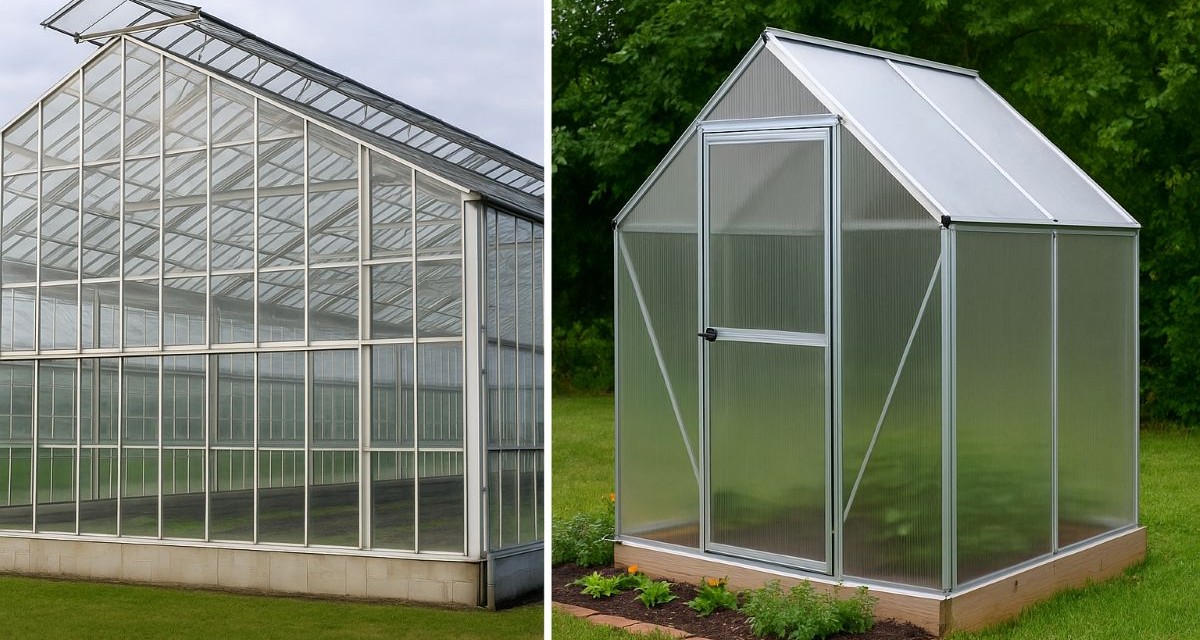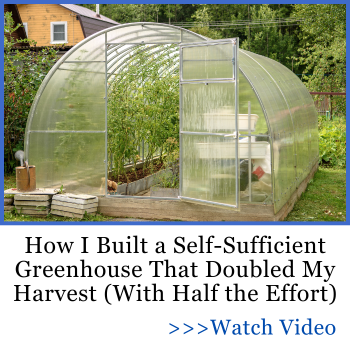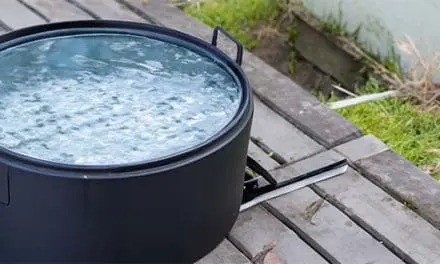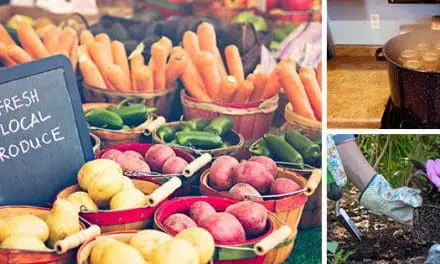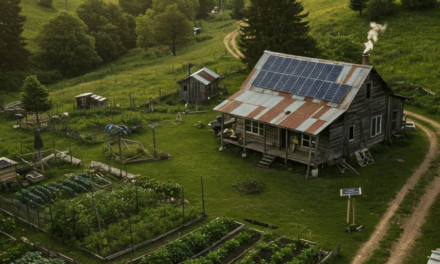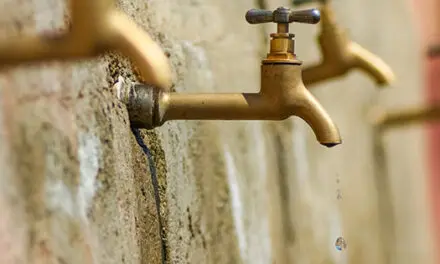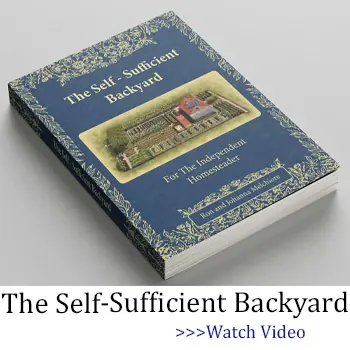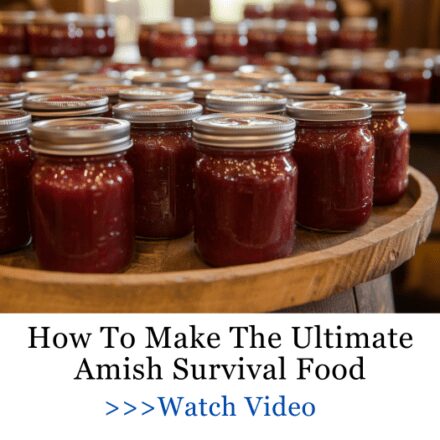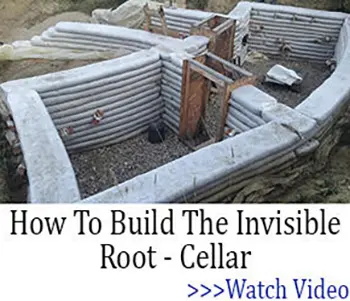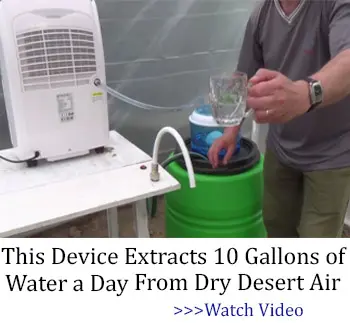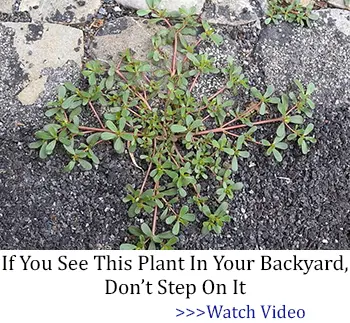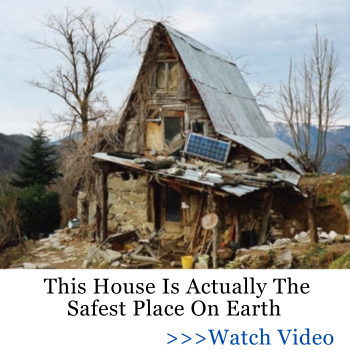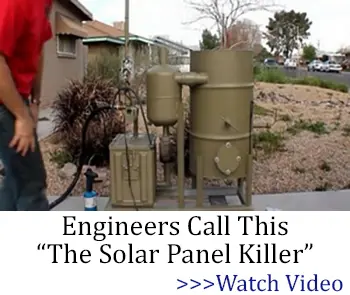Building or buying a greenhouse is one of the most exciting steps in gardening. But before you jump in, you’ll want to answer the big question: how large should it be? There isn’t a one-size-fits-all answer—your ideal greenhouse size depends on your goals, available space, climate, and budget. Let’s break down the key factors so you can make the right decision.
1. What Do You Want to Grow?
The first and most important consideration is your crop list.
- Vegetables for the family table: If you want year-round salads, tomatoes, cucumbers, and herbs, you’ll need more square footage than if you’re just starting seedlings.
- Flowers and ornamentals: These often require shelving rather than ground beds, which means you can maximize vertical space and go smaller.
- Specialty plants: Orchids, citrus, or tropicals often need climate zones, which can push you toward a larger, multi-section greenhouse.
A good rule of thumb: make a list of your must-grow plants, estimate how much space each will take at full size, and add about 25% extra space for future expansion.
It’s also important to consider the growth habits of the plants. Vining crops like cucumbers, melons, or tomatoes trained upward on trellises take up vertical space but not much ground area. Root crops like carrots and beets, on the other hand, need deeper beds, which influences your greenhouse design as much as its square footage.
Beyond food and flowers, don’t overlook secondary goals like seed saving or propagation. If you plan to start trays of seedlings every spring, you’ll want bench space near a sunny wall or supplemental lighting. Each of these plant types places different demands on space, so being clear on your intentions ensures you don’t build too small.
2. How Much Food Do You Want to Produce?
Think in terms of output:
- For supplementing your grocery store trips, a 6×8 ft greenhouse is often enough.
- For a family of four aiming for regular fresh harvests, something closer to 10×12 ft provides the needed space.
- If you want to preserve food or even sell extras, you may want hundreds of square feet to accommodate intensive production.
Production goals are often underestimated. Many gardeners picture a few tomato plants and peppers, but once they realize they can grow year-round with protection, their ambitions expand. If you see yourself harvesting greens in winter or canning tomatoes in summer, you’ll need the larger space sooner rather than later.
It’s also worth thinking about crop rotation. To maintain healthy soil and prevent pests, you’ll need space to rotate your plantings. In a cramped greenhouse, this becomes difficult, and you might exhaust the soil or create disease pressure. A bigger footprint gives you flexibility to rotate, rest beds, or experiment with succession planting.
3. Available Yard Space
Practical limitations matter. Your greenhouse should fit comfortably in your yard without casting unwanted shade on the rest of your garden. Consider:
- Orientation: A north-south alignment maximizes sunlight for most climates.
- Access: Make sure you can get a wheelbarrow, hose, or even power cords inside if needed.
- Future expansion: Leave room around the structure if you decide to extend it later.
Your available space also determines the greenhouse style you can choose. Freestanding greenhouses require a clear footprint, while lean-to models can attach to an existing wall, saving space and capturing extra heat. If your yard is small, a lean-to design may let you go taller instead of wider.
Don’t forget about aesthetics and property value. A greenhouse should complement your yard rather than dominate it. Tucking it behind a fence or garden hedge can provide shelter from wind while keeping the view pleasant. The greenhouse should feel integrated into your overall garden layout, not an afterthought crammed into the only available corner.
4. Climate and Season Extension Goals
Ask yourself: Am I using this greenhouse just to extend spring and fall, or do I want year-round growing?
- Mild climates: Smaller greenhouses heat and cool quickly—great if you only need a shoulder-season boost.
- Cold or snowy regions: Larger greenhouses hold heat better and can handle stronger structural loads. You may also need taller walls to shed snow.
- Hot climates: More space can help buffer extreme heat, but you’ll also need vents and fans.
Climate directly impacts the operating costs of your greenhouse. A small structure may be easier to heat with a simple space heater in winter, but it also loses heat rapidly. A larger greenhouse, while more expensive upfront, offers more thermal mass and can actually maintain more stable conditions if managed correctly.
Season goals matter too. If you only want an early start for seedlings, you can get by with a compact house. But if you want tropical fruit in Minnesota or winter lettuce in Texas, your climate control system—and by extension, your greenhouse size—must rise to the challenge. The more ambitious the goal, the larger and sturdier the structure required.
5. Budget Considerations
Greenhouse cost grows with size. Beyond materials, bigger structures mean:
- Higher heating and cooling costs
- More benches, shelving, and soil to fill them
- Increased maintenance
When planning your budget, remember that the greenhouse itself is just the start. Ventilation systems, fans, irrigation, and thermostats often cost as much as or more than the frame and glazing. The bigger the structure, the more of these you’ll need to keep conditions stable.
There’s also the long-term perspective. A greenhouse that feels expensive today may save you money in food costs, plant purchases, or season extension. Balancing initial expense against ongoing benefits helps you decide whether to build small now or invest in something that supports your gardening for years to come.
6. Layout and Functionality
Inside, you need room to move comfortably. Don’t forget:
- Walkways: Allow 2–3 feet for aisles so you’re not squeezing past plants.
- Shelving vs. ground beds: Shelves allow vertical growing, while raised beds require more floor space.
- Storage: Pots, tools, soil bags, and fertilizers all take up space—you’ll want dedicated corners or shelving.
Layout makes the difference between a joy to use and a daily frustration. If you can’t move easily through the greenhouse, you’ll spend more time struggling with tasks than enjoying the space. Sketching your interior plan before buying ensures you won’t regret the dimensions.
Functionality also extends to utilities. Where will your water line enter? Do you need electricity for grow lights or fans? Planning these logistics ahead of time prevents costly retrofits. A slightly larger greenhouse often accommodates storage, work areas, and utilities more comfortably.
7. Planning for the Future
Nearly every gardener who builds a greenhouse says, “I wish I had gone bigger.” Plants multiply, hobbies expand, and enthusiasm grows. If your budget and yard allow, choose a slightly larger model than you think you’ll need today.
Your gardening interests may change over time. You might start with lettuce and peppers but eventually get excited about citrus trees or aquaponics. Leaving room for growth means you won’t have to rebuild or replace your greenhouse after only a few seasons.
Expanding later is possible, but it’s rarely as efficient as planning for growth now. Foundations, ventilation systems, and irrigation all have to be upgraded. Choosing a size that leaves headroom for your gardening ambitions saves time, money, and effort in the long run.
Greenhouse Size Comparison Table
| Size Category | Typical Dimensions | Best For | Pros | Cons |
| Small | 6×8 ft – 8×10 ft | Starting seedlings, hobby growers, supplementing food | Affordable, easy to heat, fits in small yards | Limited growing space, harder to rotate crops |
| Medium | 10×12 ft – 12×16 ft | Family food production, year-round veggies, mixed crops | Good balance of cost vs. space, allows for crop rotation, comfortable walkways | Higher utility costs, takes more yard space |
| Large | 12×20 ft and up | Preserving harvests, selling produce, specialized crops | Supports ambitious production, easier climate control, room for storage and utilities | Expensive, requires more maintenance and stronger foundation |
Final Thoughts
The “right” greenhouse size depends on balancing your growing goals, yard space, climate, and budget. Start by clarifying what you want to grow, how much you want to produce, and how much time and money you’re ready to invest. From there, size becomes less of a guess and more of a calculated decision.
Whether you start small with a 6×8 kit or commit to a 12×20 structure, your greenhouse should feel like a natural extension of your gardening ambitions—offering just enough room to grow today, with space to dream bigger tomorrow.
A well-planned greenhouse can transform your gardening life, extending seasons, broadening your crop choices, and adding a beautiful, functional element to your yard. The key is thoughtful planning: sizing it right not just for now, but for the gardener you’ll become in the years ahead.
No Seeds Needed! How to Grow Tomatoes from a Single Slice
The Herbs You Need to Keep Close During Dark Times (Video)
Can You Do Electroculture in a Greenhouse?

